Luke Madsen Maher • March 11, 2024
In an era of technical advances, an ageing workforce, and a lack of consistent upskilling resources, the negative effects of a talent shortage are reverberating across industries.
In energy alone, McKinsey forecasts the need for
1.1 million employees by 2030 to build projected solar and wind plants to meet the 2050 net-zero targets. This figure doesn’t include any roles that could become available in nuclear or hydrogen energy, green mobility or hydropower.
The defence sector is equally phased by the workforce crisis which threatens the future of AUKUS plans. A recent Defence Connect survey found
49% of Australian defence companies
found it “difficult” to find and retain skilled workforces.
Talent issues are evident across other industries too such as transport and social infrastructure. Despite promised project delivery pipelines, the workforce to deliver such simply is not present.
Over the past 3-5 years, talent shortage commentary has pinned multiple solutions as the saving grace for industries. Could it be that simple? We have gathered and assessed a selection of such below.
1. Enhanced candidate offering.
Better pay, increased benefits and compensated relocation costs are just a selection of the initiatives introduced by organisations to attract and retain talent in the face of the talent crisis. However, cross-industry competition is making the success of such implementations waver. If you can deliver on promises, why too can’t your competitor?
Organisations need to dig deep into their Employee Value Propositions (EVP) and extract a brand story that is true to themselves. Candidates in 2024 and beyond want to see how their presence will impact an organisation.
Transparency, equality, equity, and opportunity will be vital to attracting candidates over the coming decade.
2. Overseas migration.
Often pinned as the overarching saviour of talent issues, overseas migration requires visa reform and strategies to attract particular talent. Overseas migration brings issues. In Australia, the current housing crisis is fuelled by the lack of talent and resources available to fulfil social infrastructure projects. Without adequate housing, how can we facilitate high volumes of overseas individuals?
Within energy, many upcoming projects include large solar and wind farms which are usually located in regional areas. Having overseas migrants relocate to isolated areas with poor social infrastructure is not the attractive Australian dream many would envisage.
In defence, gaining security clearances for overseas visitors is near impossible and requires systematic change to become a viable option.
Rather than prioritising overseas migration, efforts to enhance cross-industry migration of talent should be implemented by organisations to attract a greater number of candidates already located within Australia.
3. Upskilling
As Australian businesses attempt to rapidly evolve,
87% of job roles are expected to require digital literacy. While you may believe this is confined to the IT sector, adjacent industries such as finance, health care, government, energy and defence equally struggle with this issue.
In March 2023, the Australian government released the commission’s 5-yearly report that found annual productivity in the decade to 2020 grew just 1.1%. At this pace, it would take 64 years to double output compared to 39 years if we had maintained the average rate of improvement recorded in the previous 5 decades.
In addition to
declining business dynamism and structural economic changes, a lack of tech implementations such as AI and digital platforms in organisations can contribute to low productivity growth across the country.
The former secretary of the Department of the Prime Minister and Cabinet and Treasury,
Martin Parkinson, says the most important structural reform areas in solving this issue are around fostering innovation and entrepreneurship. He said;
“We need to think about how we digitise the economy, give people incentives to invest and take sensible risks”.
Out of several recommendations put forward, governments and organisations can positively influence productivity by:
1. Creating a good-quality and adaptive education and training system (upskilling);
2. Improving the functionality of towns and cities by making improvements to public infrastructure, and;
3. Enhancing the efficiency of markets by improving competition and reducing unnecessary regulatory burdens.
Conclusion:
To summarise, it is evident that talent shortage struggles are felt across industries in Australia currently. Organisations must revitalise existing TA measures to capture viable candidates in the market.
Rather than relying on an attractive take-home pay package as a candidate attraction point, organisations should extract a meaningful EVP and brand story to share with potential candidates. Transparency, equity, and opportunity will be top priorities for talent transitioning to new positions in 2024 and beyond.
Rather than prioritising overseas migration, efforts to enhance cross-industry migration of talent should be implemented by organisations to attract a greater number of candidates already located within Australia.
Organisations must introduce and maintain measures to prioritise skill uptake and continued learning of workforces. Whether this is adopting digital skills or learning management techniques, facilitating the growth of existing employees can safeguard the future of an organisation. Additionally, this can help to retain productivity.
The recommendations made above are a few of many. The key to nailing talent attraction techniques and processes is truly understanding the organisation and the talent market at large. Engaging the support of a talent provider who can provide market information and a consistent talent pipeline will be a beneficial addition also.
If you would like to discuss how your organisation could benefit,
Get in touch.
















